The Flemish Brabant table grape, a one-of-a-kind regional product.
In the rolling countryside of Overijse-Tervuren, just outside the Belgian capital of Brussels, you'll find the Flemish-Brabant table grape, a unique regional product with a delicious taste and incredible aroma. Once upon a time, table grapes were the economic driving force of the region. Competition from southern markets and high energy prices brought the trade to its knees. The growers of this noble fruit who remain today are passionate about their profession and bring the best quality table grapes to market. I'm lucky to live nearby and visit the greenhouses every year to enjoy the sweet, aromatic berries.
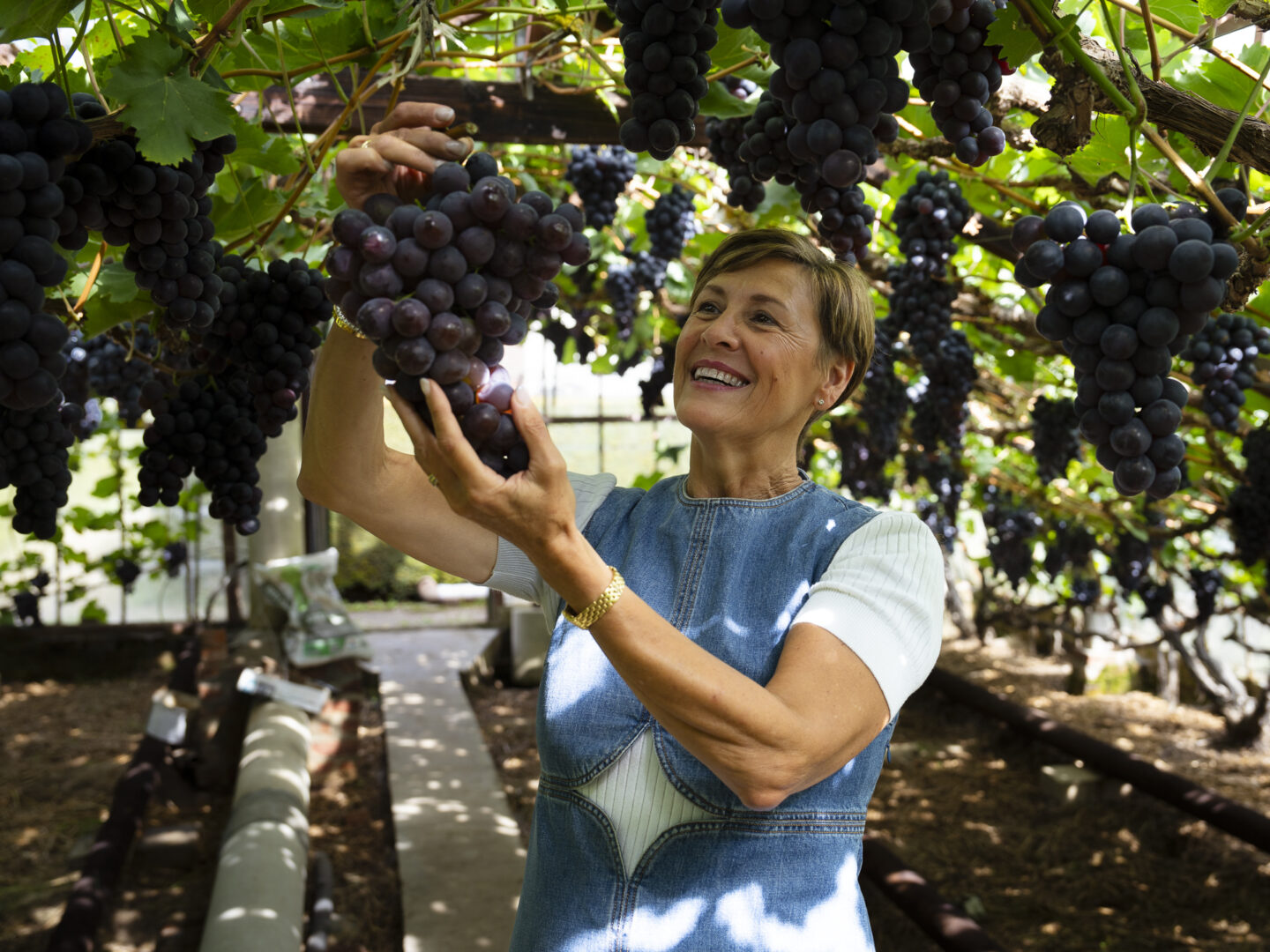
How it all began
It all started with Baron de Peuthy and Felix Sohie just over 150 years ago. Baron de Peuthy brought grape vines from the former Yugoslavia and got his gardener, Felix, to help him grow grapes in the greenhouse. Felix Sohie was trained in horticulture and had a knack for business, so it wasn't long before he was growing grapes in his own greenhouse. His project grew into a thriving family business. Felix Sohie's 300 greenhouses inspired many others in the region, and it wasn't long before others, such as the Danhieux family, followed his example. By the early 20th century, the landscape around Hoeilaart, Overijse, Duisburg, and Huldenberg had been transformed into a string of glass villages. All the south-facing slopes were lined with greenhouses, and by the 1950s, 35,000 greenhouses were producing about 13 million kilos of grapes. But who ate all these grapes?
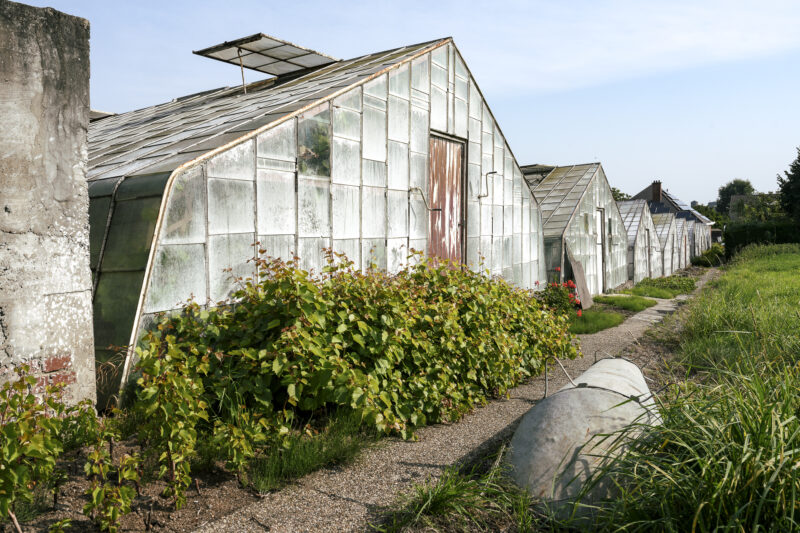
The market for the Flemish Brabant table grape
At the start, the Flemish Brabant table grape was a real luxury item only for the wealthy and aristocratic classes. A kilo of grapes was soon worth the daily wage of a laborer, which meant it was out of reach for this group of people. The Flemish-Brabant grape region is right by the Belgian capital, and the first growers used bikes or horses to get their harvest to Groenendaal train station. From there, the grapes were taken to the capital. By the end of the 19th century, there was so much demand for local grapes that a streetcar line was built from Overijse to Groenendaal. Delicately packed in boxes lined with cotton wool, the Flemish Brabant grapes arrived at markets in England, Germany, France, Sweden, the Netherlands, and even as far away as the United States.
Those days are over, and today, the market is focused on local consumption. Quality is king, and today's growers sell most of their harvest to local individuals.
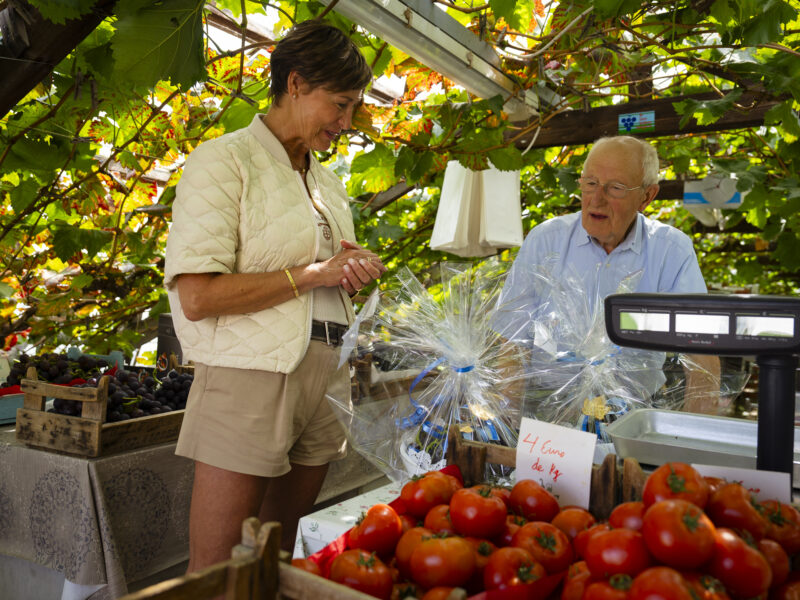
Growing table grapes is a challenge
The grape, a vine-like plant
The grapevine is a climbing plant that belongs to the Vitaceae family, which is also known as the "vine-like" family. It usually takes the plant three years after planting before it bears fruit. Over time, it forms a trunk on which tendrils grow annually, reaching up to two meters long. Grapevines can last up to 100 years, but for a generous yield, the plant needs some TLC.
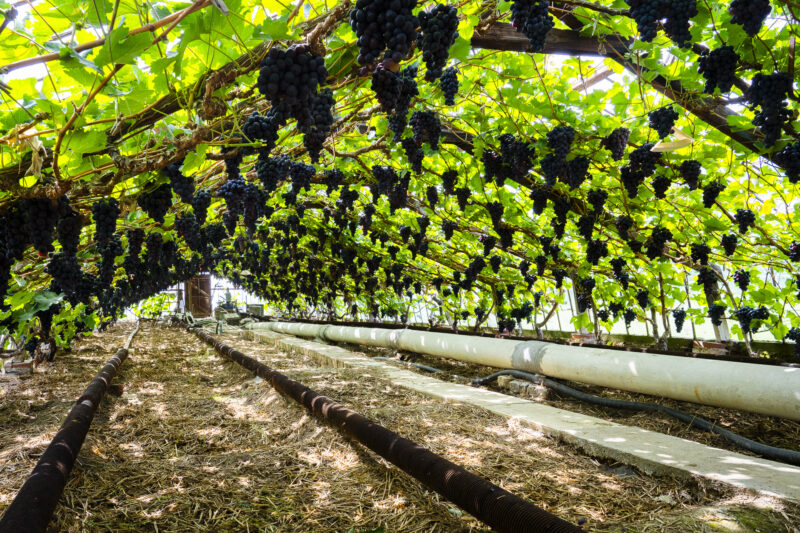
A labor-intensive crop
Growing grapes, whether table grapes or wine grapes, requires a lot of dedication and hard work. You'll need to prune the grapevines a few times a year, tie up the tendrils, and thin the fruit.
The pruning
Pruning is done four times a year. There's pruning in the winter, pruning in the summer, and pruning to help the grapes get more light and space. There's also vertical pruning. A seasoned pruner makes more than 15,000 cuts a day during the pruning season. Luckily, ergonomic cutting shears are now available to make the job a bit easier on arms and joints.
Tying up the tendrils
The best time to tie up the tendrils is in March and April. Once that's done, you can lead the grapevines on horizontal wires so they can grow big shoots. This gives the vines room to grow and lets the leaves catch more light.
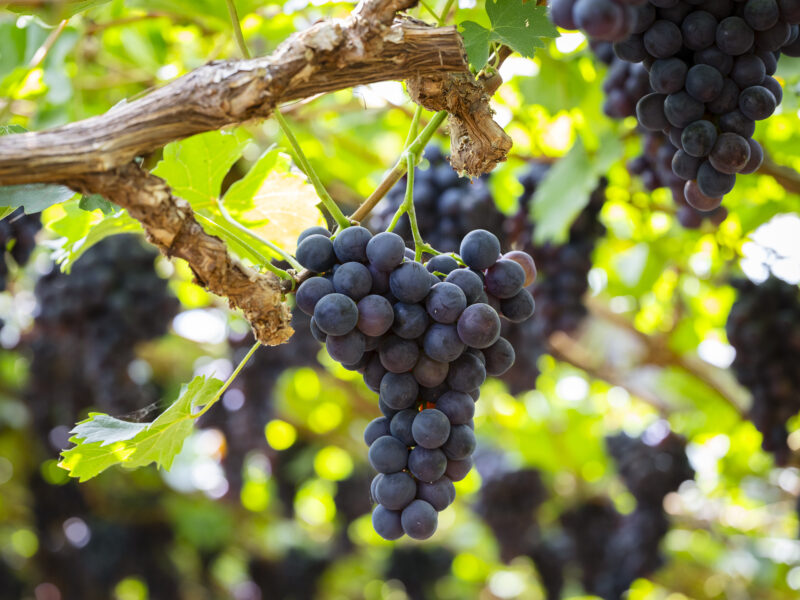
Thinning out
If you want to get the best grapes, you have to thin them out, which takes a lot of skill and patience. As a general rule of thumb, it's best to leave only four to six bunches of grapes per square meter of leaf area. Some varieties, like the delicate white muscat, only need three or four bunches per square meter.
Then there's thinning within the bunches. All grapes that are too small and facing inwards are cut out of the bunches to create nice, even bunches. A Flemish-Brabant cutter can cut about 15 to 20 bunches per hour in a way that's unique in the world.
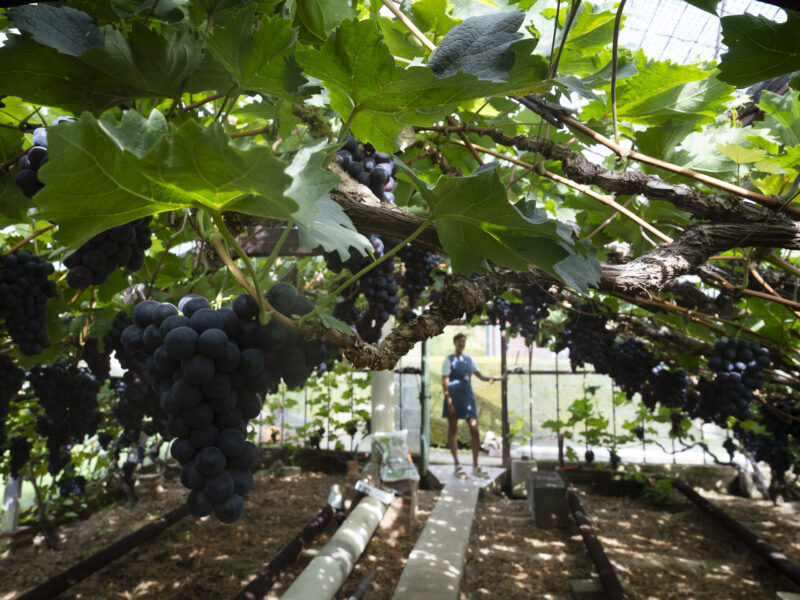
The glass greenhouses
Grapevines can grow outdoors, but to get a good yield of sweet fruit, you need to cultivate them in heated greenhouses. The first heat sources were just straw fires, which later evolved into a coal stove or oven. The heat was then piped from the source into the greenhouses. After World War II, central heating began using fossil fuels. While heating inside is a must for most of the year, protecting plants from the sun's rays during the summer is another key concern. That's why greenhouses used to be whitewashed with a mix of lime and water.
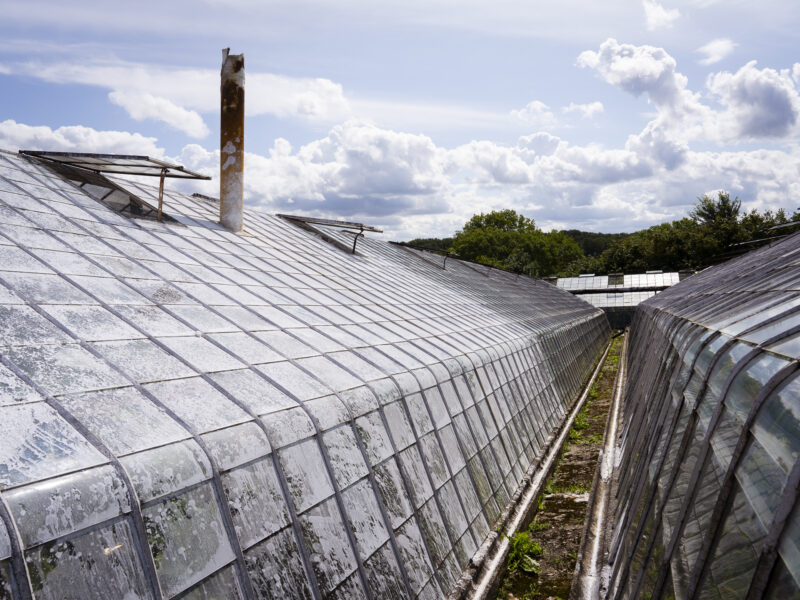
Today's younger growers are now building modern greenhouses with computer-controlled heating systems. This makes the greenhouses much cheaper to run, more efficient and requires less maintenance. Some are even fully automated! A great example is the Dewit family's greenhouses in Overijse. The company has modernised and opted for natural gas heating. The Dewits were kind enough to show us around so we could see the difference with traditional greenhouses.
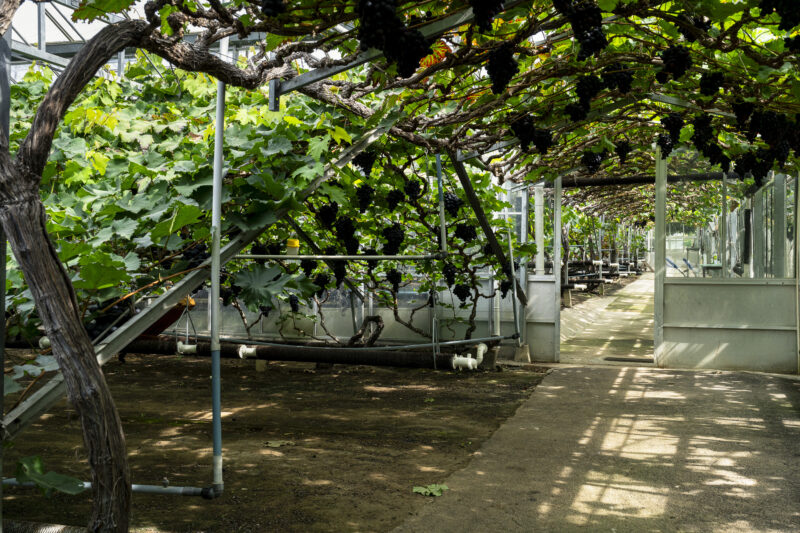
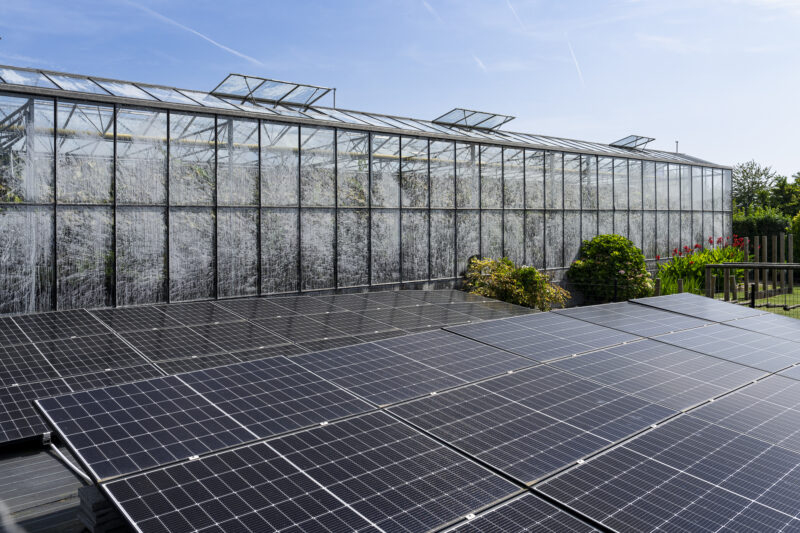
Pests and natural enemies
Mildew
The biggest threat to grapevines is powdery mildew, also called white disease. The fungus starts to affect the leaves and then moves on to the bunches of grapes themselves. Spraying sulfur has been the go-to method for controlling the disease for a long time.
Natural parasites
The main pests that affect grapevines are spider mites, aphids, and vine caterpillars. Back in the 1950s, they used to control them with nicotine spraying, but that's not allowed anymore. These days, crop protection is done naturally by flushing infected plants with water or by using predatory mites or effective organisms.
The decline of the Flemish Brabant grape growing region
The thriving trade in Flemish Brabant table grapes was hit by a series of crises that brought exports to a standstill. Most growers were able to weather the stock market crash of 1929 and the subsequent crisis of the 1930s because they had saved up sufficient funds. But thirty years later, the euro market was introduced, and cheap grapes from southern countries flooded the markets. On top of that, the energy crises of the 1970s caused heating oil to double in price. Greenhouse profitability plummeted, and younger generations showed less interest in the declining trade. By 1980, only 11 thousand greenhouses remained, and ten years later, the grape region was down to just 2,700 greenhouses.
Despite the challenges, Flemish Brabant grape growing is still going strong. These days, it's in the hands of a few passionate growers who are proud to sell their harvest to enthusiasts.
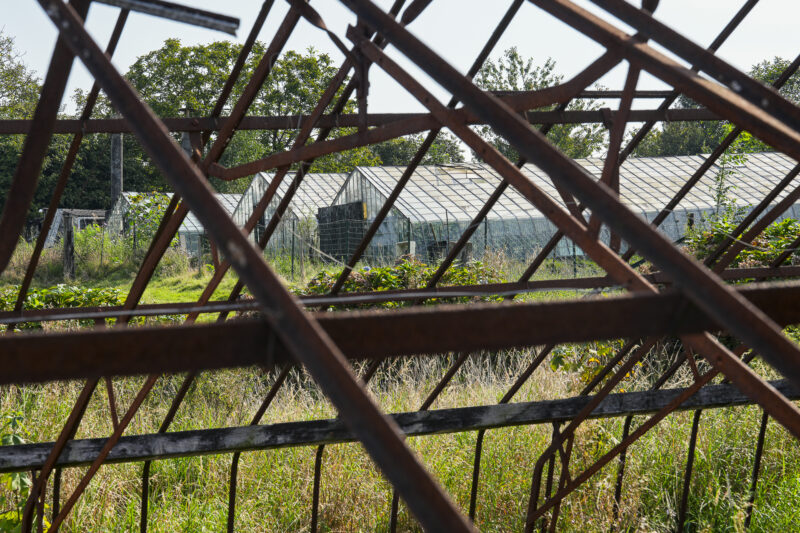
The most widely grown grape varieties
There are about 150 different types of table grapes, but only a few are grown locally. In Flemish Brabant, you'll mainly find Royal, Ribier, Leopold III, and Muscat grapes.
The blue grapes
The Royal grape is a descendant of the well-known Alphonse Lavallee. Royal grapes are sweet, juicy, firm, and crisp. It's the most widely grown Flemish Brabant table grape.
Ribier: We don't know for sure where the Ribier grape came from. Sometimes people even get the Ribier and Royal mixed up. The berries are thick and round, crisp, and firm.
Leopold III: This grape came about as a result of a spontaneous mutation of the Royal grape in the 1920s. The large, crisp berries have a delicate flavor and are slightly flattened with only one or two pips. King Leopold III gave the grape his sponsorship and name.
White grapes
Muscat: The much-loved Muscat d'Alexandrie actually originated in Egypt. The berries are sweet and perfumed, thick, and crisp. The Muscat grapes have a gorgeous amber yellow color. It's the most widely grown and in-demand white grape in Flemish Brabant.
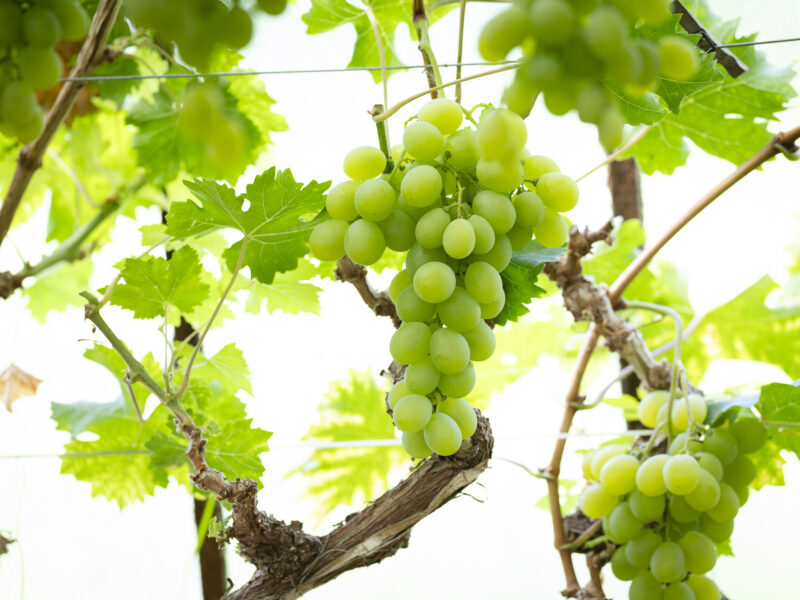
Grape etiquette
Yes, there is such a thing as grape etiquette.
Don't wash grapes before eating. Table grapes aren't sprayed with pesticides and have a natural down layer that's removed by water.
Treat your grapes with care and respect for all the work the grower has put in. Put your grapes in a basket or on a plate so they stand out beautifully.
It's best to cut grapes in bunches with scissors. Start at the top on the wide side and cut downward so that you can keep the shape of the bunch as long as possible.
Grapes are good for you, so they make a great gift. I get a big bunch of Leopold III grapes for my dad every year for his birthday.

Did you know?
- The municipality of Hoeilaart was so wealthy in the early 1900s that it had nine banks.
- In 2008, the Flemish Brabant Table Grape got the Protected Designation of Origin.
- Grape growers worked hard but were well off. Lots of lovely villas went up in the area. Especially the ones designed by local architect Charles Mariën were spacious and luxurious. You can still see the characteristic houses on the streets of the region.
- In 1928, the “glass villages” had the highest cadastral income in the country.
- You can also grow table grapes outdoors. It's best to plant the plants so they're facing south.
- You can make oil from grape seeds.
- Greenhouses are heated from the start of winter. If the grapevine gets too cold during the winter, the fruits will have a hard, thick skin.
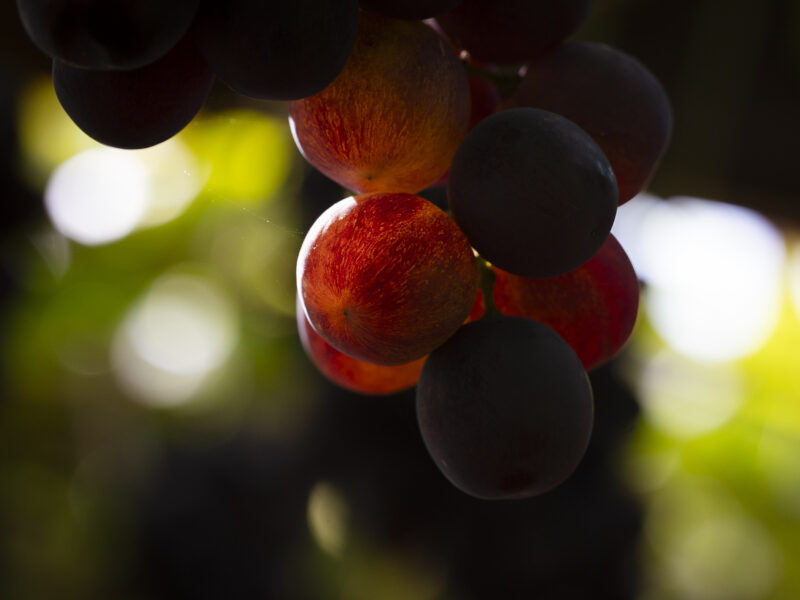
Visiting the Flemish Brabant grape region
The Flemish Brabant grape region is a popular spot for hikers, horseback riders, and cyclists. The gorgeous region is part of the National Park Brabantse Wouden, which runs across Flemish Brabant from the Meerdaal forest to the Zoniën forest and the Hallerbos. This 10,000+ hectare area of natural beauty is right on the outskirts of the capital, Brussels, and is easily accessible.
If you're interested in the history of grape growing, be sure to check out the Druif Museum in Overijse. They have a great collection of pictures that showcase the evolution of this fascinating industry.
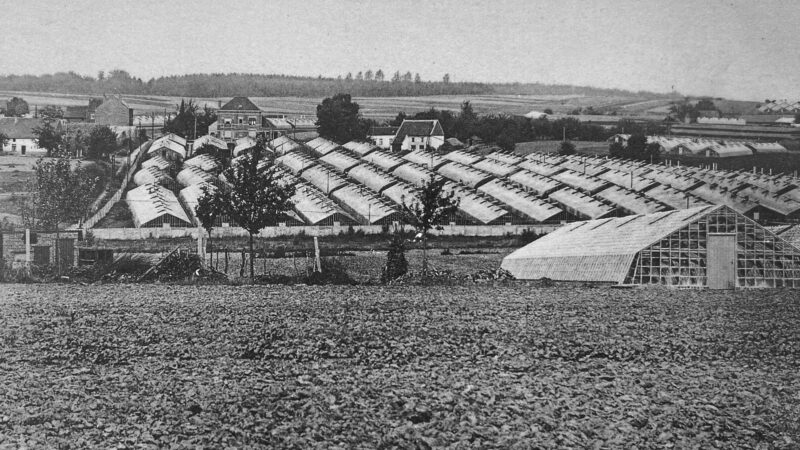
Cooking with grapes
Grapes are a healthy fruit that you eat mostly from the fist. But did you know you can also cook with grapes?
You can add grapes to a salad. They taste great with arugula, tomatoes, and pine nuts.
Top your cereal with fresh grapes for a fresh, crunchy treat.
Grapes are great in desserts like clafoutis and crumble.
You can make wine from table grapes, even though they have less acidity and less sugar than wine grapes.
Grapes taste great in a casserole. Why not give them a try with Brussels sprouts, game and poultry, or even fish? My favorite grape dish is sole Véronique—a French classic.
A few addresses of local grape growers
- Filip en Koen Dewit, Brusselsesteenweg 262, Overijse
- Ronald Vanderkelen, Groeneweg 62, Overijse
- Bacchus Royal - Niko De Saeger, Terhulpensesteenweg 116, Overijse
- Michel Dekerk, Roelandsheide 6, Tervuren
- Eric Van Camp, J. Kumpsstraat 33, Hoeilaart
- Norbert Vanherentals, JB Blommaertstraat 12 Hoeilaart.